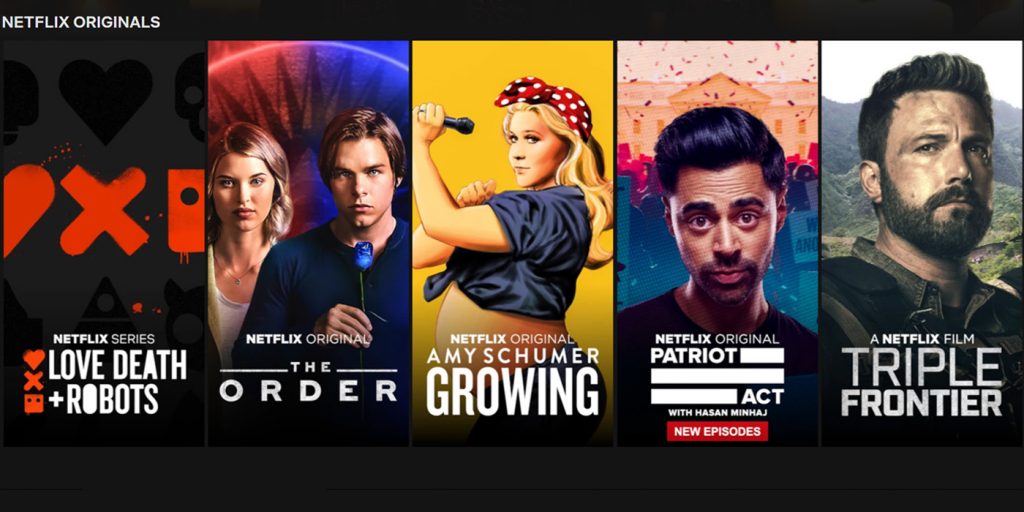Netflix began its streaming service in 2007, but its founder, Reed Hastings, had envisioned the move much earlier.
Hastings laid out his vision for the company to Ted Sarandos, head of content at Netflix, all the way back in 1999. He saw Netflix’s future in the streaming business, even though broadband speeds weren’t fast enough to make the experience economically viable.
“Back then, Hastings said that postage rates were going to keep going up and the internet was going to get twice as fast at half the price every 18 months,” Sarandos said to Variety. “
At some point those lines would cross, and it would become more cost-efficient to stream a movie rather than to mail a video. And that’s when we get in.”
Netflix also had the advantage of taking off around the same time YouTube began to rise in popularity. Soon, the Netflix team gained important insights from their streaming customers: people binge-watched series, often two series at a time. They also realized that recommendations based on their viewing preferences meant that people could be watching Netflix for hours at end. That’s a crucial development: according to Netflix, 80% of watched content comes from recommendations.
Netflix still has DVD rental customers: around 3.4 million of them in America compared to the 153 million streaming customers worldwide. The profit margins for DVD rentals are lucrative enough to keep the service around for the time being, although analysts predict that the service will be shuttered by 2022, as Netflix has been losing 190,000 DVD subscribers every quarter since 2016.
Netflix used the proceeds from its DVD rental business to build up the streaming service, spending $40 million in 2007 to build the network infrastructure for streaming. Since then, Netflix has increased spending on content dramatically: it spent $15 billion in 2019, compared to $13 billion in 2018; it’s expected to hit $17.8 billion in 2020.

Netflix began its streaming service in 2007, but its founder, Reed Hastings, had envisioned the move much earlier.
Hastings laid out his vision for the company to Ted Sarandos, head of content at Netflix, all the way back in 1999. He saw Netflix’s future in the streaming business, even though broadband speeds weren’t fast enough to make the experience economically viable.
“Back then, Hastings said that postage rates were going to keep going up and the internet was going to get twice as fast at half the price every 18 months,” Sarandos said to Variety. “
At some point those lines would cross, and it would become more cost-efficient to stream a movie rather than to mail a video. And that’s when we get in.”
Netflix also had the advantage of taking off around the same time YouTube began to rise in popularity. Soon, the Netflix team gained important insights from their streaming customers: people binge-watched series, often two series at a time. They also realized that recommendations based on their viewing preferences meant that people could be watching Netflix for hours at end. That’s a crucial development: according to Netflix, 80% of watched content comes from recommendations.
Netflix still has DVD rental customers: around 3.4 million of them in America compared to the 153 million streaming customers worldwide. The profit margins for DVD rentals are lucrative enough to keep the service around for the time being, although analysts predict that the service will be shuttered by 2022, as Netflix has been losing 190,000 DVD subscribers every quarter since 2016.
Netflix used the proceeds from its DVD rental business to build up the streaming service, spending $40 million in 2007 to build the network infrastructure for streaming. Since then, Netflix has increased spending on content dramatically: it spent $15 billion in 2019, compared to $13 billion in 2018; it’s expected to hit $17.8 billion in 2020.